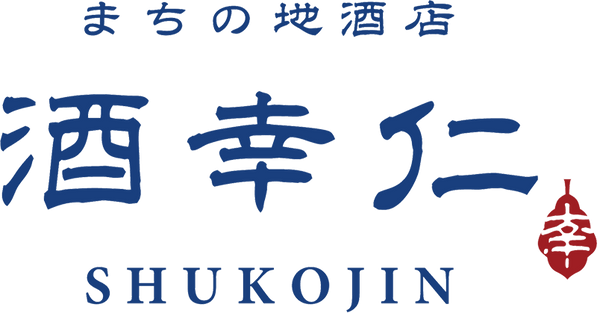When choosing sake, you’ve probably seen the term “Nihonshudo” on the label. Let’s break down what it means and how it can help you find your favorite bottle.
◆What is Nihonshudo "Sake Meter Value”?
Nihonshudo, or “Sake Meter Value (SMV),” is a scale that indicates how sweet or dry a sake is.
It measures the specific gravity of the sake compared to water.
- A positive (+) value means the sake is lighter → often perceived as drier
- A negative (−) value means the sake is heavier → often perceived as sweeter
for example,
- Nihonshudo +5 = dry-style sake
- Nihonshudo −3 = sweet-style sake
[A bit technical] How is it measured?
Nihonshudo is calculated by subtracting the specific gravity of water from that of the sake, then multiplying by five.
Water is set as the standard at 0.
So, more sugar = heavier (−), less sugar = lighter (+).
◆ Is sweetness/dryness only about Nihonshudo?
Not quite!
Nihonshudo is a helpful guide, but it doesn’t tell the whole story.
Other factors that affect taste include:
There are a number of factors that affect the taste:
- Acidity (strength of sourness): Higher acidity can make a sake taste crisper or drier.
- Amino acid content :These contribute to umami and richness.
- Temperature: Chilled sake feels lighter; warm sake feels richer.
- Brewing method & ingredients : These influence the overall flavor profile.
For example, in this case...
- “It says +6, but it didn’t taste that dry...”
→ Likely high acidity or umami rounded out the flavor.
- “It’s −2, but felt surprisingly clean.”
→ High acidity may have balanced the sweetness.
◆ How to use Nihonshudo when choosing sake
It’s a great starting point:
- Like crisp, dry sake? → Look for +3 or higher
- Prefer sweet, fruity sake? → Try around −3
◆ Shukōjin Recommends: Sake by Nihonshudo
Here we introduce the sake we recommend, sorted by sake meter value!
■ For sweet sake lovers
"Miharu Gomangoku Junmai Ginjo Genshu" (Sake Meter Value -5)
→ Rich, mellow texture with a lingering fruity aroma—often compared to melon.
■ For balanced taste lovers
"Hiroki Tokubetsu Junmai 60% Polished" (Sake Meter Value +3)
→ A well-balanced sake that can be enjoyed at any temperature, from chilled to warm.

■ For dry sake lovers
"Zuikan Junmai Yamadanishiki 70 Super Dry Pasteurized" (Sake Meter Value +13)
→ Ultra-dry sake, pairs beautifully with grilled fish or savory dishes.
◆ Sn summary: Nihonshudo is a “hint,” not a rule
It’s a reference, not an absolute.
But knowing the Nihonshudo helps you get closer to your ideal sake.
At Sakekōjin, we introduce sake using a combination of Nihonshudo × Acidity × Drinking Style to help you discover the perfect bottle.
✨ Let’s chat!
Looking for something sweet but refreshing?
Want a dry sake that’s still smooth?
Feel free to contact us via our website, Facebook, or Instagram—we’re happy to help you find “your” sake!
See you next time with more sake insights!


